How Far Can I Walk A Puppy (8 weeks? 12 weeks?)
If you’ve just got a new puppy, YAY! Puppies are SO much fun, but they are also a lot of work!
Between potty training, socialization, and obedience sessions, you’ve got your hands full. One thing you won’t need to do is spend TOO much time on exercising your new pooch.
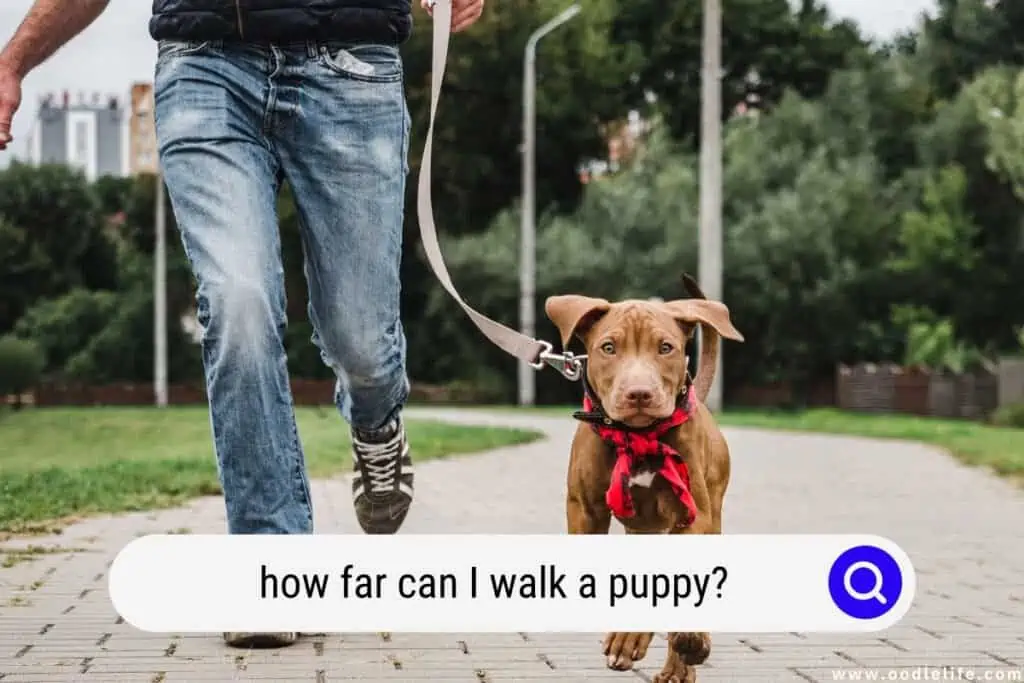
While puppies need their daily dose of exercise, they don’t need excessive amounts of it yet. Generally speaking, most puppies should be walked about for five minutes for every month of age.
This means an eight-week-old pup needs about 10 minutes once or twice a day, and a 12-week-old pup should be walked for about 15 minutes twice a day.
Given that puppies are still growing and maturing, shorter and more frequent walks may be ideal for them.
Young puppies at eight weeks still have unformed (but rapidly growing!) joints and cartilage which can be easily broken and may cause a health risk in the future.
In this blog post, we’ll look at how much exercise young puppies need, and things to look out for while bringing your puppy out.
Importance of Vaccination
Your puppy’s immune system is still developing. From the time they are weaned and leave their mothers and no longer have the antibodies from her milk, to the time that they are fully vaccinated, they are extremely vulnerable to serious diseases like parvovirus and distemper.
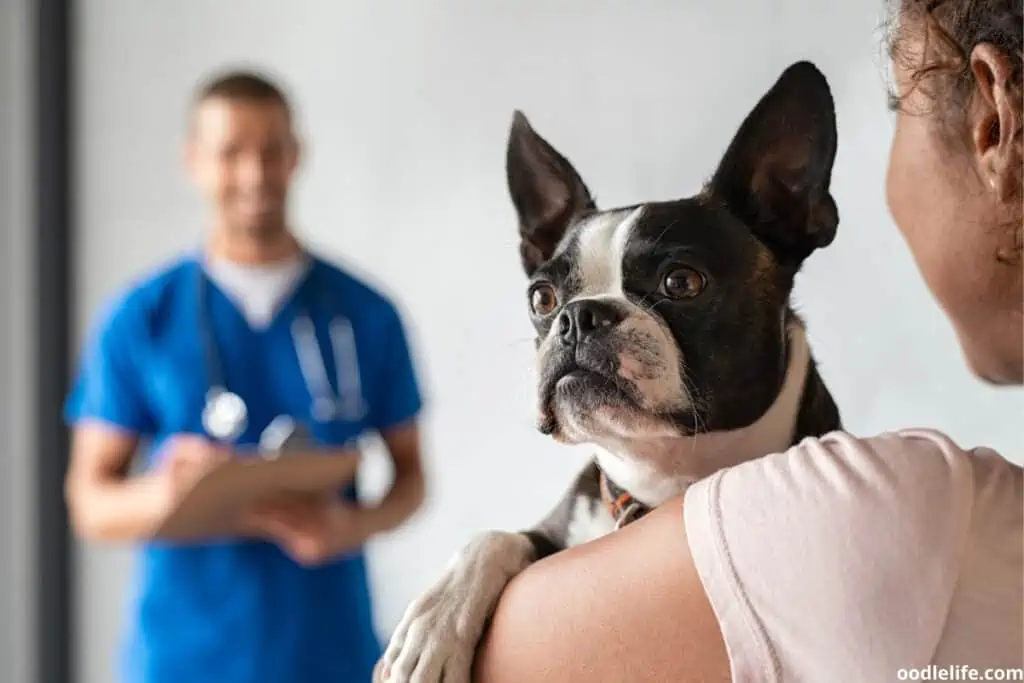
You’ll need to wait for two weeks after their final round of vaccinations to bring them out for a walk, especially if you stand a chance of running into another dog.
Vaccinating your dog is one of the most important things you can do to protect their health. Vaccines help to prevent dangerous and sometimes deadly diseases, and they are a vital part of keeping your furry friend healthy.
Unfortunately, there are still many myths and misconceptions about vaccines, which can lead people to make decisions that put their dogs at risk. For example, some people believe that it is not necessary to vaccinate their dogs if they never go outside or if they only go on walks in the park.
However, even indoor dogs can be exposed to diseases through contact with other animals or contaminated surfaces.
In addition, viruses can be spread through the air, meaning that even a short walk in the park could expose your dog to a deadly disease.
A Guide To Walking Your Puppy
Once your puppy is fully vaccinated, you can walk your 12-week-old puppy for 10 to 20 minutes each day at a slow, leisurely pace.
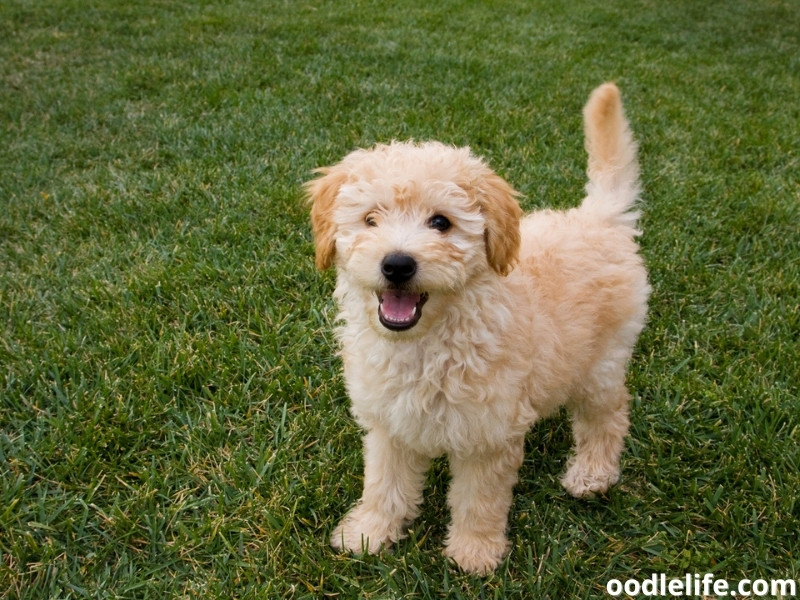
While strolling, it is best to keep an eye on the puppy’s energy level to determine whether he is showing symptoms of fatigued. If your puppy decides to stop, give him time to rest and wait for him to finish what he is doing.
Each puppy is different and will have vastly different energy levels. Be prepared to carry your pup if he plops his butt down and decides he has had enough!
Before you take your puppy on a walk, these are some measures and precautions that need to be considered to minimize risk.
Vaccinations
As mentioned earlier, ensure that it is at least two weeks after your puppy’s final round of vaccinations. If your puppy has yet to be fully vaccinated, you can walk your puppy around the house or yard with a leash and collar to get him used to the idea.
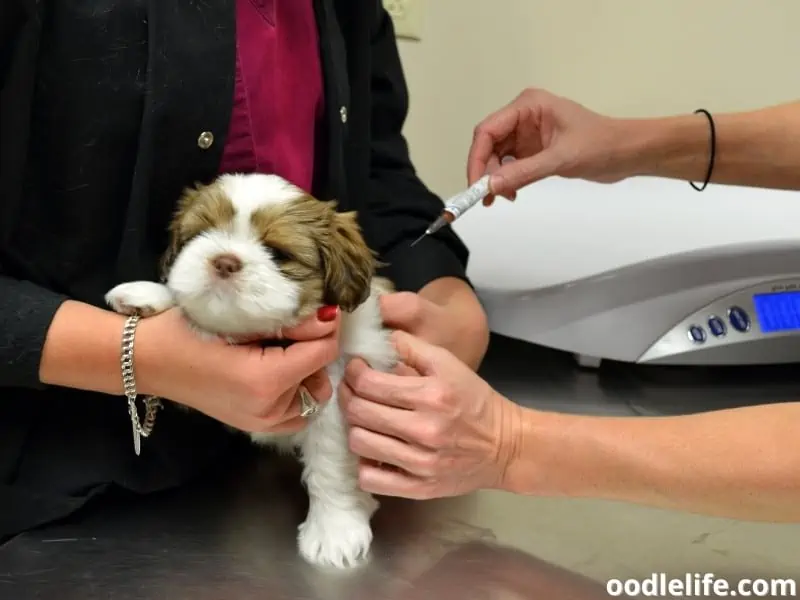
Leash and Collar
Puppies have sensitive tracheas that can get damaged if a pup is an enthusiastic puller. There are tons of different collars, leashes, and harnesses available in the market to choose from and different dogs will fit better into each type.
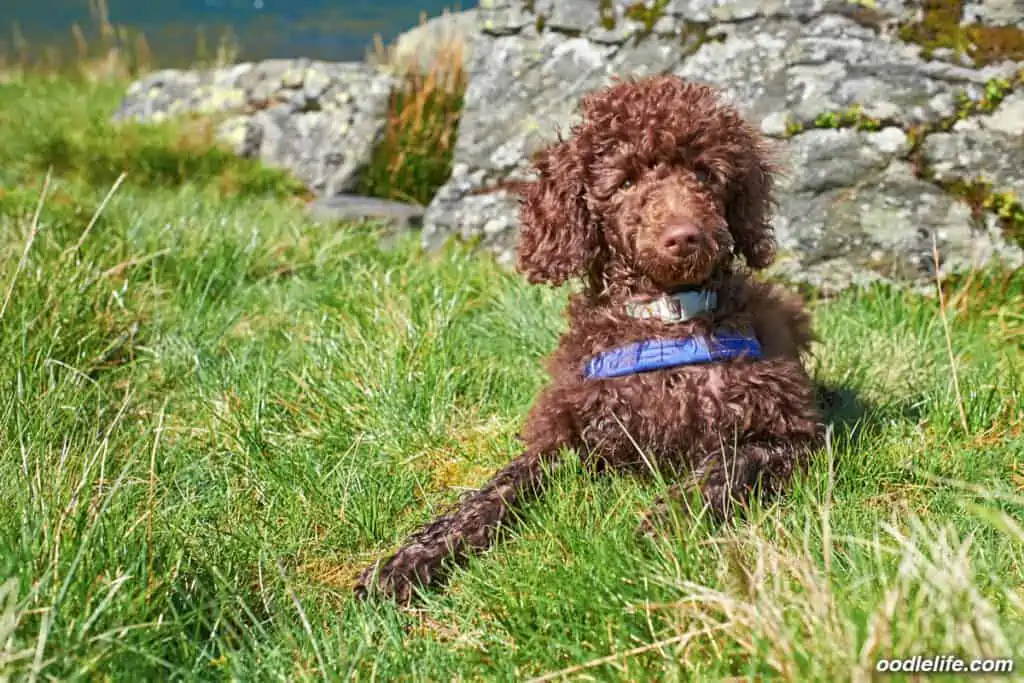
In selecting good leashes and harnesses, it is important to know that they should be padded and adjustable to fit your dog’s shape. It should not rub, slide, or allow your puppy to escape while you’re walking. In addition, your puppy should have a collar with an ID tag containing your contact details.
Leash Training
It is best to start introducing leash as soon as possible so that they get used to the feeling. First, let him become accustomed to wearing a collar or harness. Put the collar or harness on when you’re at home and don’t forget to bring lots of treats!
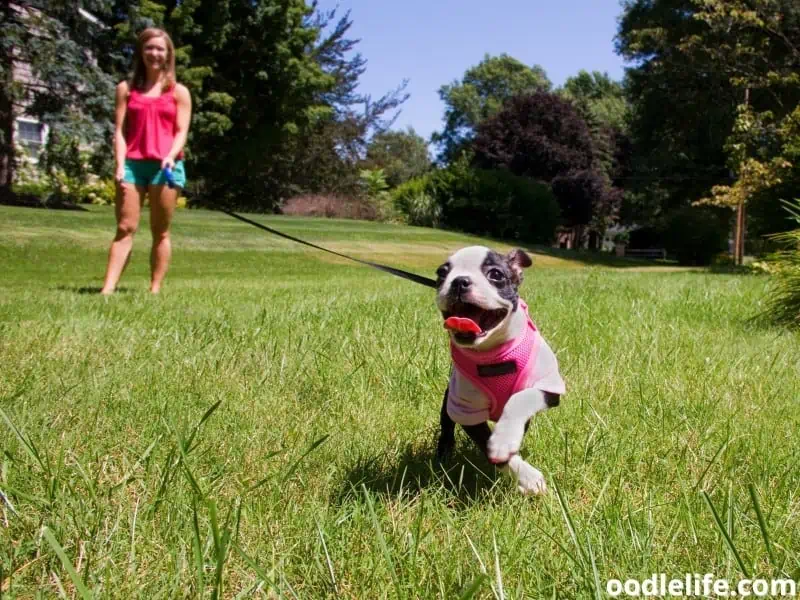
Plan your Route
By planning your route ahead, it will help you save time. It is also important to be familiarized with places that are dog-friendly and are not. Even though your puppy is still fully vaccinated, it is best to not expose your puppy to too much too soon.
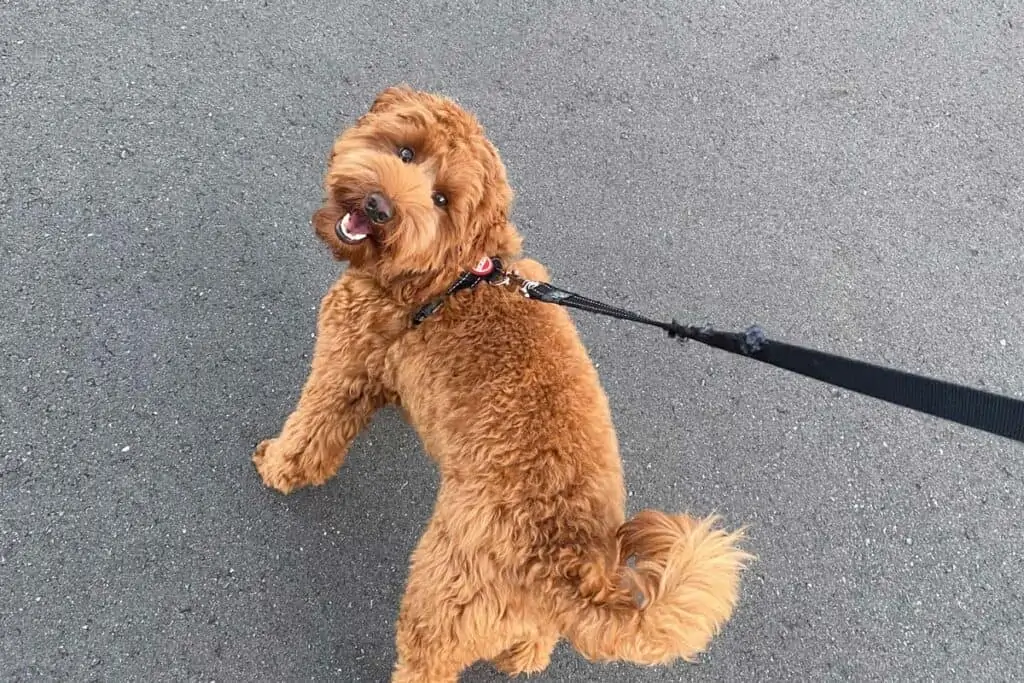
Give plenty of time for your new pup to explore his new environment and sniff around. Don’t worry about teaching the heel for now. Puppies should be allowed to explore as much as they want at the start.
Have Fun!
While your puppy needs its daily exercise, don’t forget to allow interactive fun games for your pup.
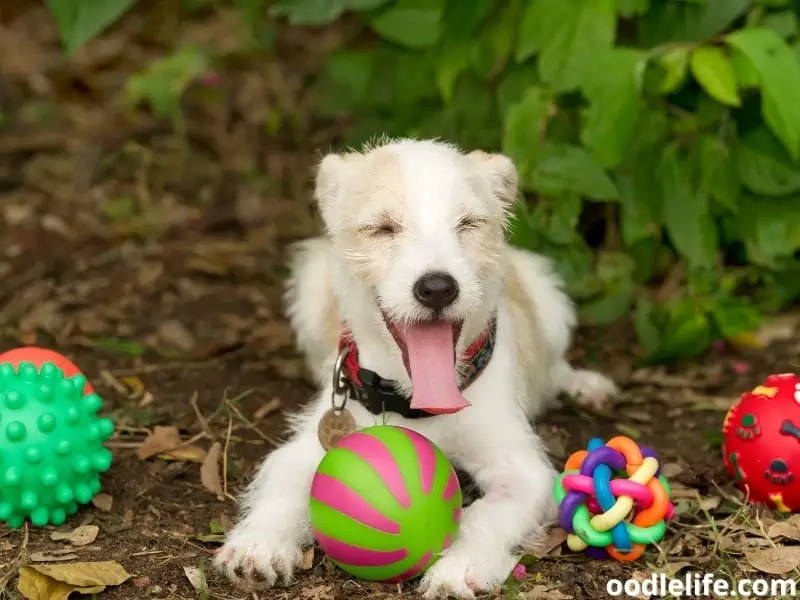
Remember that your pup is just a little wee kid, and playing is important to their developing physical and intellectual well-being. Playing also helps in alleviating their stress and boredom. It’s also a fun way to incorporate some basic manners and skills.
Signs That Your Puppy Is Overexercised
Veterinarians, breeders, and trainers agree unanimously that exercising plays an important role in your puppy’s wellbeing. Regular exercising your puppy helps in reducing the risk of obesity and other associated health risks, it can also improve cardiovascular health and strengthen muscles.
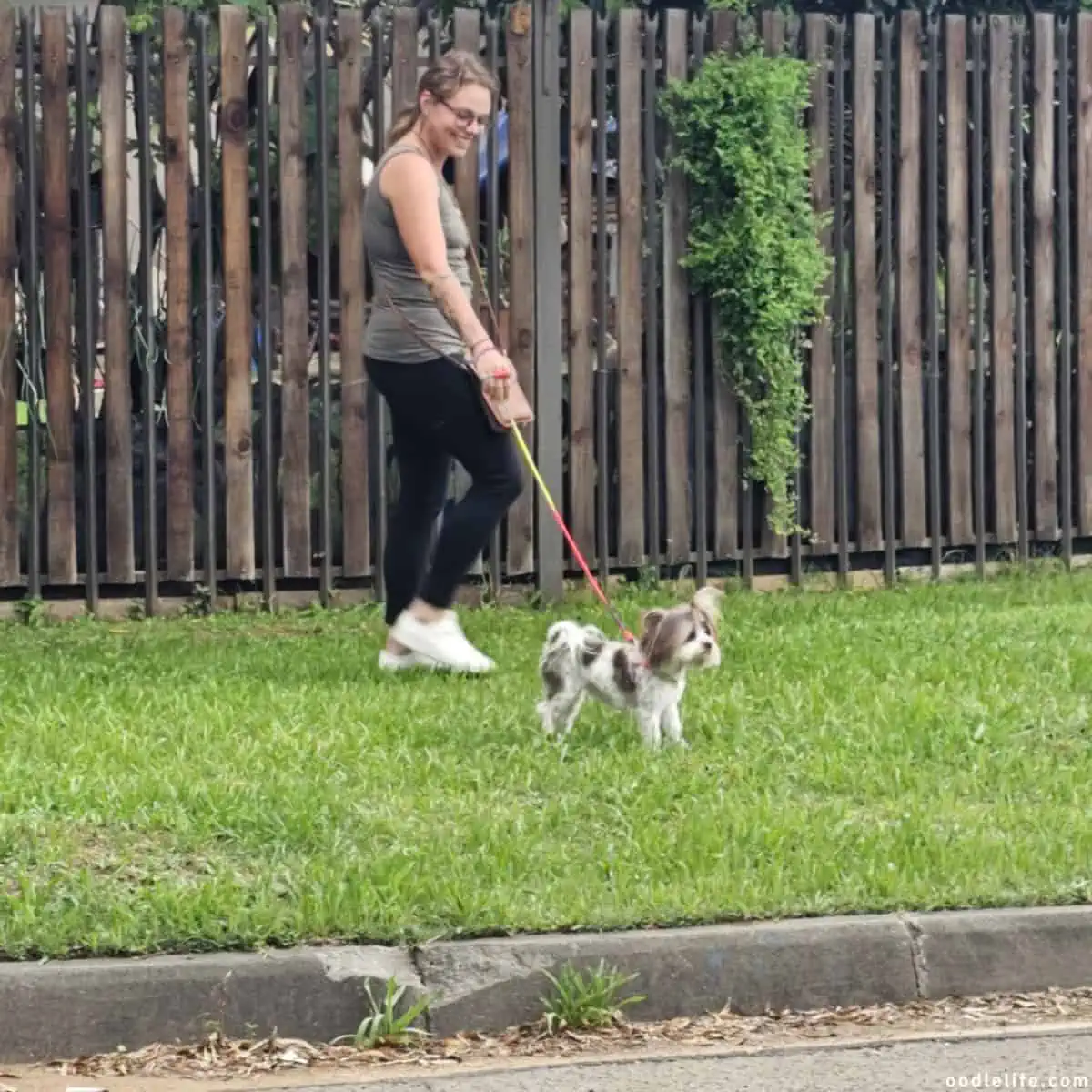
While exercising is a key factor in mental and physical wellness, it is possible to overdo it. Long walks or strenuous runs are not recommended activities for puppies. As a matter of fact, long walks can seriously harm their development plates and may cause sprains and strains.
Here are some of the signs that you are overexercising your pup:
Sore Muscles
One of the symptoms that your puppy is getting too much exercise is muscular pain and stiffness.

If you notice your pooch limping or refusing to walk, your pup might be sore from exercise way too strenuous for the very young. Try to make sure that a regular exercise routine stays consistent throughout the week, and don’t leave most of the activity level towards the weekend.
Many owners are busy during the week but have loads more time during the weekend, but this sudden increase in exercise may cause muscle soreness and eventually will lead to fatigue.
Heat Exhaustion
One of the most serious and often fatal impacts of excessive exercise is heat exhaustion, especially as the temperatures climb in the summer months.
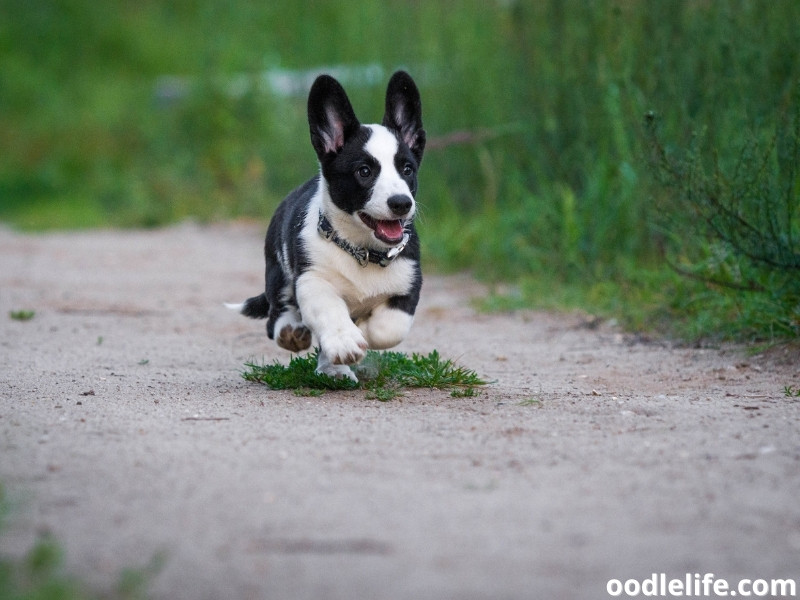
Watch very carefully for signs of heat illness such as excessive panting, drooling, lethargy, redness in the gums, vomiting, diarrhea, and loss of consciousness.
Heat exhaustion is a serious condition that needs immediate medical care. Some breeds and dogs are more susceptible to heat-related illnesses such as:
- Thick-coated dogs
- Puppies
- Senior dogs
- Overweight and obese dogs
- Brachycephalic breeds such as Pugs, Bulldogs, and Boxers
- Dogs with preexisting medical conditions.
If your puppy is showing signs of heat-related illness, transfer them immediately to a cool, shady spot and give them access to fresh water at ambient temperature. Cover them with wet towels or allow them to naturally cool down.
Behavioral Changes
Puppies who get plenty of exercise are actually less likely to display behavioral problems later on in life. This is because exercise helps to release pent-up energy and provides mental stimulation, both of which are essential for a well-balanced dog.
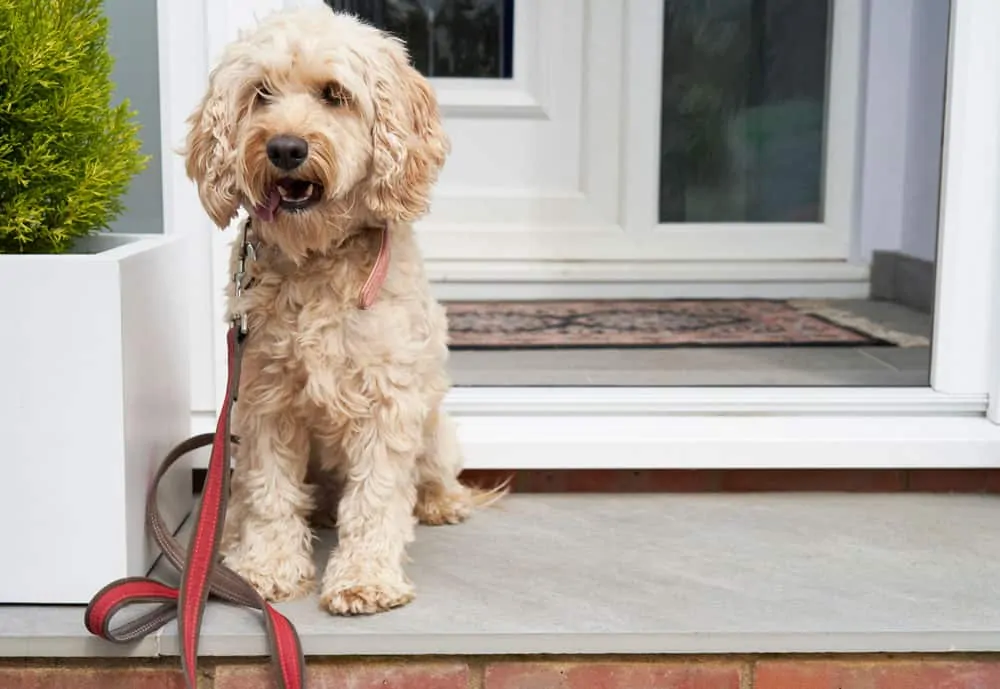
In addition, puppies who get plenty of exercise are less likely to be bored, which can lead to destructive behaviors such as chewing and digging.
However, if your puppy that normally enjoys exercise and playtime suddenly develops a dislike or reluctance to go out, you might want to monitor him for any other symptoms.
How To Prevent Overexercising Your Puppy?
The moment you bring your pup home, you can slowly introduce him to different exercises that are suitable for their tender age.
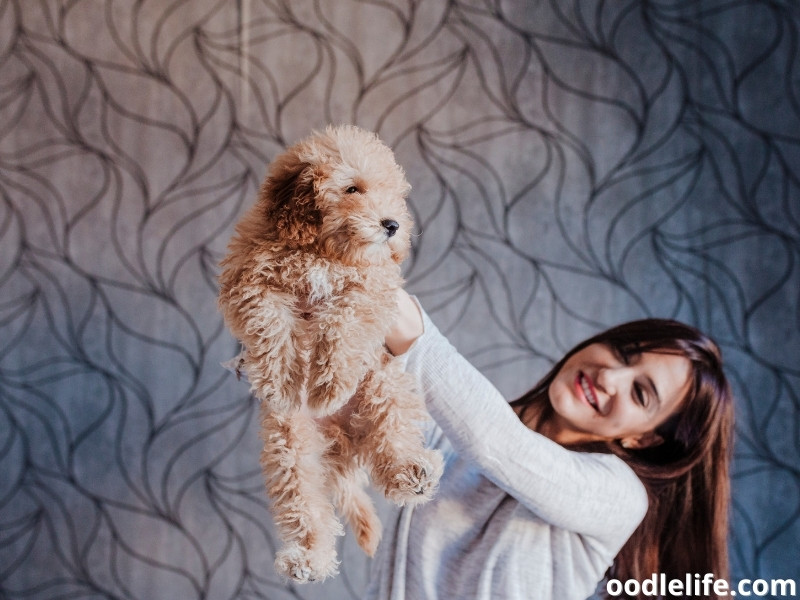
It is crucial for a puppy to get regular exercise to help them develop their physical and mental well-being. As a bonus, exercising can also be a way for you to strengthen your bond with your pup.
Despite the many advantages of regular exercise, you’ll still to exercise some caution, especially when dealing with the very young pups whose muscles and ligaments are doing some serious growing and can be vulnerable to damage.
- Examine your dog’s particular needs and fitness level, as each will have distinct activity requirements.
- Always monitor the temperature outside since it is usual for puppies to overheat when exercising in hot weather.
- Five to ten minutes of walking several times a day is an excellent approach to exercise your puppy without the worry of overdoing it.
- Avoid exercising your pet right before or after eating as this can induce bloating particularly in deep-chested dogs.
Final Thoughts
Your puppy will not be the best hiking buddy for now, but give him a few months and the foundation that you helped him build will stand him in good stead for years to come!